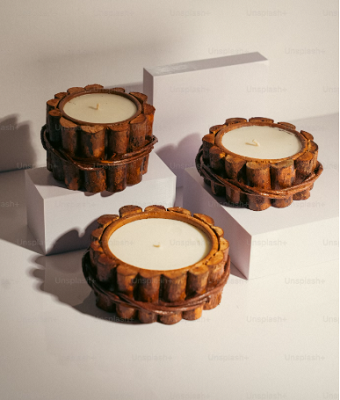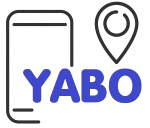Handmade Wooden Coasters and Trivets

Title of Business: Handmade Wooden Coasters and Trivets
Type; Production
Key Products for Sale
Wooden coasters
Wooden trivets
Technology Considerations
- Basic woodworking tools (hand saws, sanding blocks, carving tools)
- Painting and varnishing tools
- Packaging materials for finished products
Market for the Products
Local markets and craft fairs
Online marketplaces (Jumia, Kilimall, Etsy)
Gift shops and home decor stores
Direct sales through social media platforms (Facebook, Instagram)
Key Inputs into the Business
Materials: Wood slices, sandpaper, paints, varnish, packaging materials
Labor: Skilled labor for crafting and finishing the products- This could be you.
Equipment: Hand saws, sanding blocks, painting and varnishing tools
Product Preparation Process
- Sourcing Materials: Purchase wood slices, paints, varnish, and packaging materials from local suppliers.
- Cutting and Shaping: Use hand saws to cut the wood into desired shapes and sizes.
- Sanding: Smooth the surfaces and edges of the wood pieces with sandpaper.
- Painting and Varnishing: Apply paint and varnish to the wood pieces for a polished finish.
- Drying and Curing: Allow the painted and varnished pieces to dry and cure properly.
- Packaging: Package the finished coasters and trivets in appealing and protective packaging.
Quality Considerations
Use high-quality, non-toxic paints and varnishes to ensure safety and durability.
Ensure all edges and surfaces are smooth to prevent splinters.
Implement strict quality control checks to maintain consistent product standards.
Cost of Investment
- Materials:
Wood slices: Ksh 2,000
Sandpaper: Ksh 500
Paints: between Ksh 3,000 and 6,000
Varnish: Ksh 2,000
Packaging materials: Ksh 500 - Equipment:
Hand saws: Ksh 1,500
Sanding blocks: Ksh 500
Painting and varnishing tools: Ksh 8,000 - Marketing on social media- 10,000
- Miscellaneous – 2000
Total Initial Investment: Ksh 30,000
Required Operational Infrastructure
Workspace (home workshop or small rental space)
Storage for raw materials and finished products
Access to local markets and reliable delivery services for online sales
Most Suitable or Viable Location of the Business
Urban areas with access to local markets and craft fairs
Areas with a high concentration of potential customers (e.g., middle to upper-income neighborhoods)
Potential Sources of Investment Capital
- Personal savings
- Microfinance loans
- Crowdfunding platforms (e.g., M-Changa)
- Support from family and friends
Requirements for Effective Management
- Basic knowledge of woodworking and crafting
- Skills in marketing and customer service
- Inventory management to ensure a steady supply of materials and products
- Financial management to track expenses and revenue
Role of Mobile Phone and ICT in the Business
Marketing and sales through social media platforms and online marketplaces
Communication with customers and suppliers via phone and messaging apps
Use of mobile banking services for transactions and financial management
Statutory Regulations and Licenses
Business registration with the county government
Health and safety standards compliance (use of non-toxic materials)
Tax registration and compliance with the Kenya Revenue Authority (KRA)
Pricing
Wooden Coasters: Ksh 200 – 400 each
Wooden Trivets: Ksh 300 – 600 each
Pricing depends on the complexity of the design and finish quality.
Profitability
With an initial investment of Ksh 8,000, the business can start producing and selling products.
Expected monthly revenue: Ksh 20,000 – 40,000, depending on sales volume.
Monthly expenses (materials, packaging, etc.): Ksh 5,000 – 10,000.
Potential monthly profit: Ksh 15,000 – 30,000.
Next Steps to Take
- Research Suppliers: Identify and establish relationships with reliable wood and other materials suppliers.
- Set Up Workspace: Prepare a functional workspace for crafting and finishing products.
- Create Sample Products: Develop a range of sample products to showcase to potential customers.
- Launch Marketing Campaign: Use social media and local markets to promote the business and attract customers.
- Scale Production: Increase production capacity based on demand and reinvest profits into the business.

